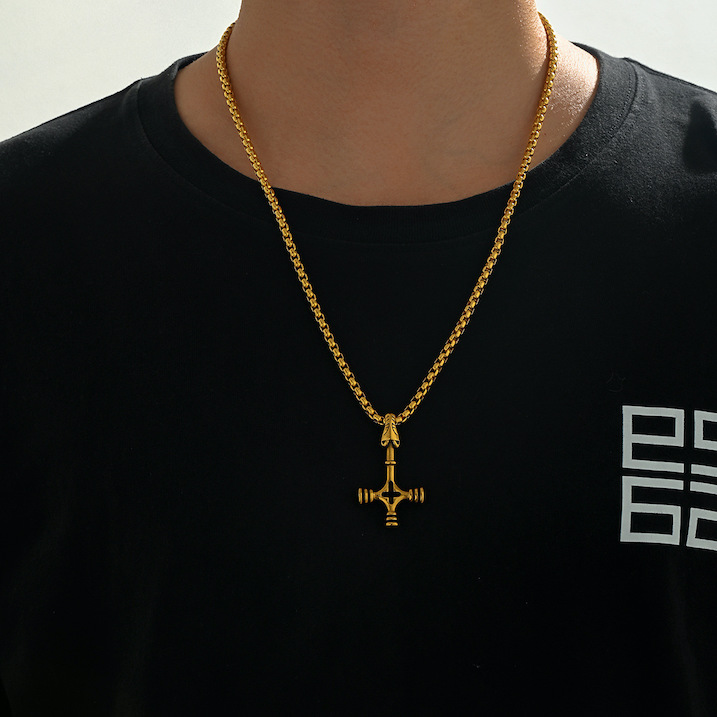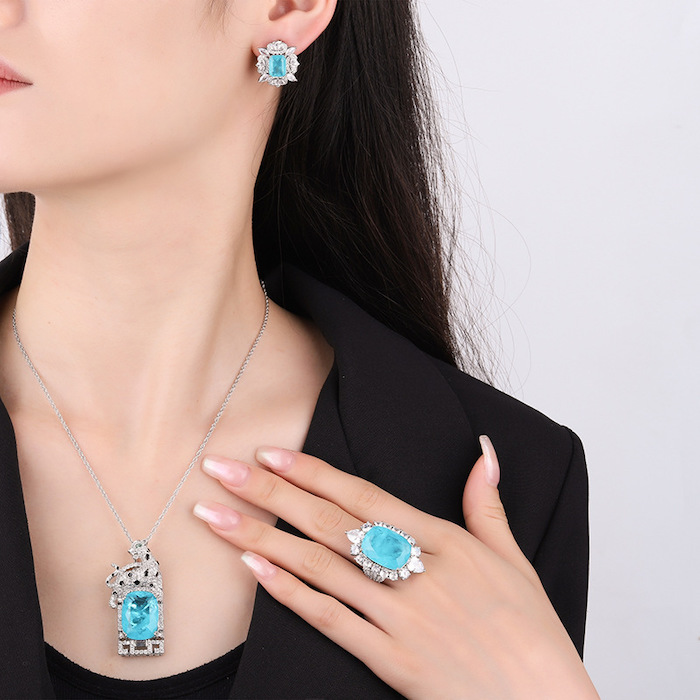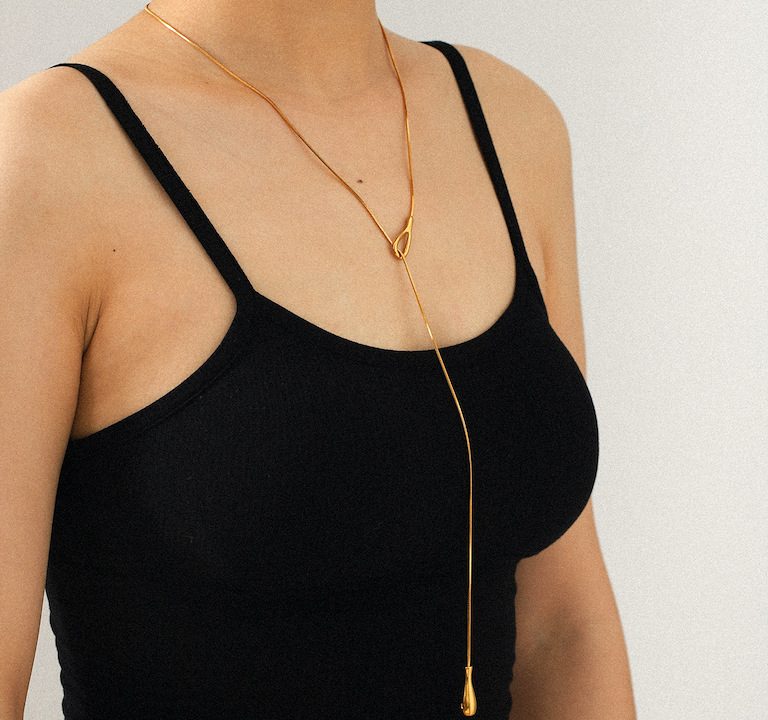Fashion is actually a good business for you to earn money with smaller cost to start and larger margin than other industries, but it also has a big risk to lose money with overstocks…how should we do correctly to get the 1’st one million dollars in our business life? I think, this is really a good question to study…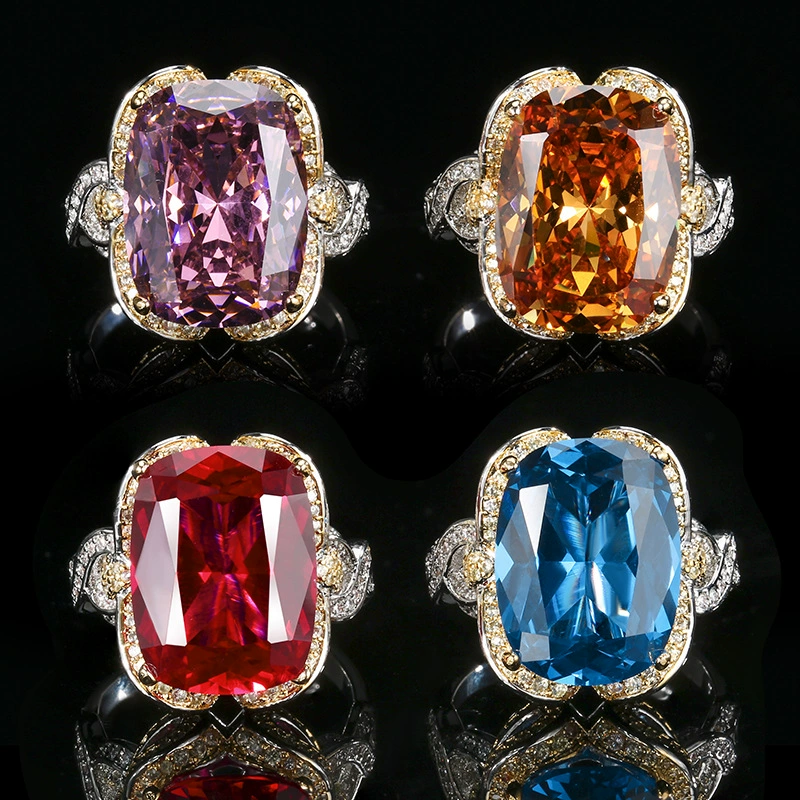
Achieving your first million US dollars in the fashion business requires a combination of strategic planning, innovation, and effective execution. Here’s a step-by-step guide to help you build a successful fashion brand that can generate substantial revenue:
1. Identify Your Niche
- Market Research: Understand the current trends, customer preferences, and gaps in the market. Identify an underserved segment or a unique angle that differentiates your brand.
- Target Audience: Define your ideal customer demographic, including age, gender, location, income level, and lifestyle. Tailor your products and marketing efforts to meet their specific needs.
2. Develop a Unique Value Proposition (UVP)
- Brand Identity: Create a strong brand identity with a compelling story, mission, and vision. This helps build emotional connections with customers.
- Product Differentiation: Offer something unique that sets your brand apart from competitors. This could be innovative designs, sustainable practices, exclusive materials, or superior craftsmanship.
3. Plan Your Business Model
- Business Plan: Write a comprehensive business plan outlining your goals, strategies, financial projections, and operational details.
- Revenue Streams: Explore multiple revenue streams such as direct-to-consumer sales, wholesale partnerships, licensing deals, and collaborations.
4. Start Small and Scale Gradually
- Minimum Viable Product (MVP): Launch with a limited range of high-quality products to test the market. Gather feedback and refine your offerings based on customer responses.
- Pilot Market: Choose a pilot market where you can focus your initial efforts. Once successful, expand gradually to other regions or online platforms.
5. Leverage Digital Marketing
- Social Media: Build a strong presence on platforms like Instagram, TikTok, Pinterest, and YouTube. Use engaging content, influencer partnerships, and targeted ads to reach a wider audience.
- E-commerce Website: Develop a user-friendly e-commerce site optimized for SEO, mobile responsiveness, and secure transactions. Consider platforms like Shopify, WooCommerce, or Magento.
- Email Marketing: Collect email addresses through lead magnets and nurture relationships with personalized newsletters, promotions, and updates.
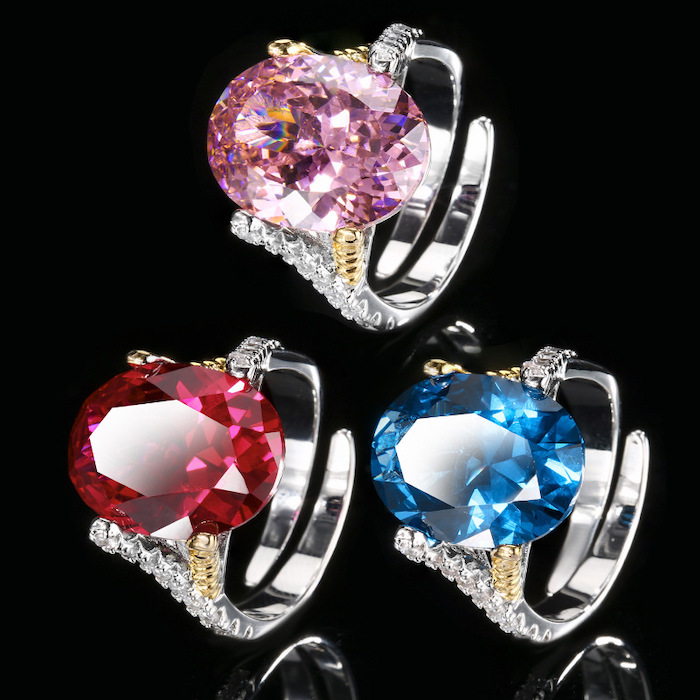
6. Build a Community
- Customer Engagement: Foster a community around your brand by hosting events, creating loyalty programs, and encouraging user-generated content.
- Feedback Loops: Actively seek and incorporate customer feedback to improve products and services continually.
7. Optimize Operations
- Supply Chain Management: Establish efficient supply chain processes to ensure timely delivery of high-quality products at competitive prices.
- Cost Control: Monitor expenses closely and find ways to reduce costs without compromising quality. Negotiate better terms with suppliers and optimize inventory management.
8. Expand Distribution Channels
- Retail Partnerships: Partner with established retailers or department stores to increase visibility and credibility.
- Pop-up Shops: Experiment with pop-up shops or temporary retail spaces to create buzz and attract local customers.
- Wholesale Accounts: Secure wholesale accounts with boutiques, specialty stores, and online marketplaces.
9. Innovate Continuously
- Trend Forecasting: Stay ahead of fashion trends by attending trade shows, following industry publications, and collaborating with designers.
- Sustainability Initiatives: Emphasize sustainability by using eco-friendly materials, reducing waste, and promoting ethical manufacturing practices.
10. Seek Investment and Funding
- Angel Investors and Venture Capital: Pitch your business idea to angel investors or venture capitalists who specialize in fashion startups.
- Crowdfunding: Utilize crowdfunding platforms like Kickstarter or Indiegogo to raise capital while building early customer support.
- Grants and Competitions: Apply for grants or enter competitions that offer funding and mentorship opportunities.
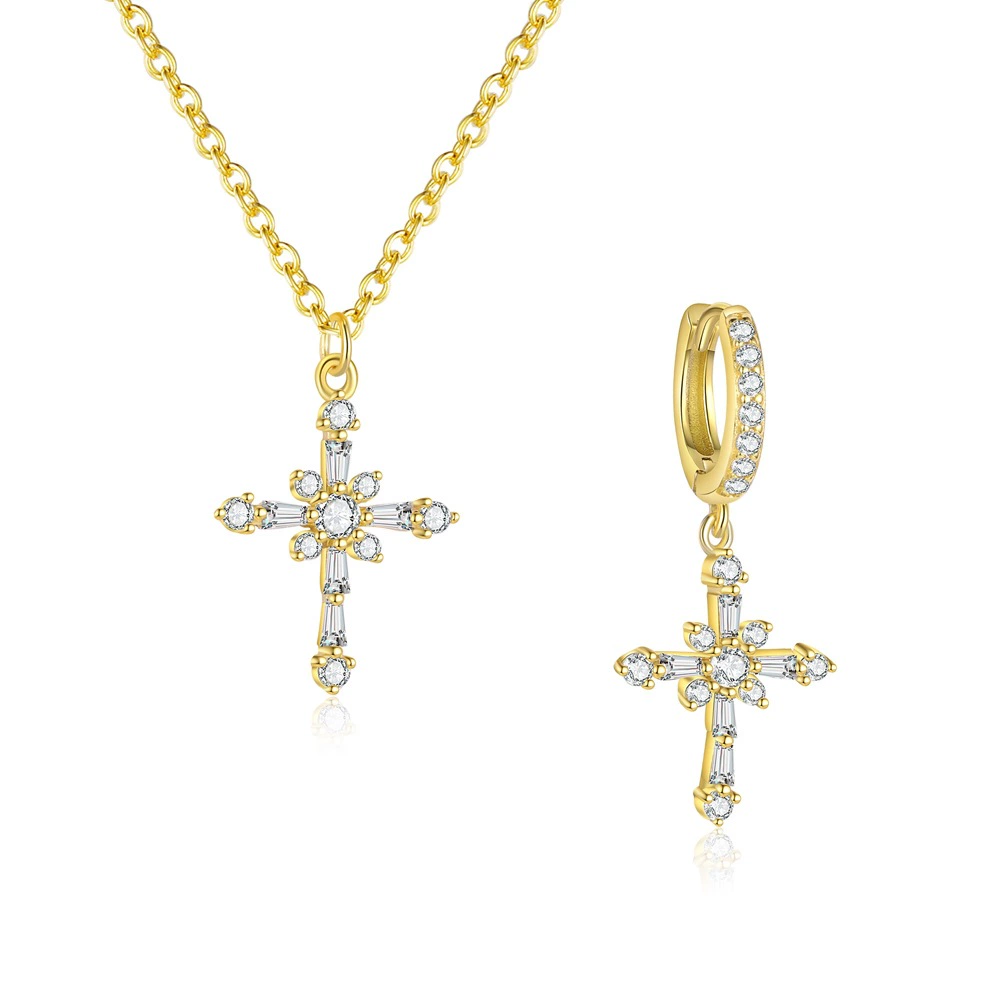
Case Studies and Inspiration
BlackMilk Clothing
- Customer-Centric Approach: BlackMilk offers a 60-day return policy, fast shipping, and immersive product imagery, which enhances customer trust and satisfaction.
- Community Building: They have successfully built a loyal community through active engagement on social media and offering exclusive membership benefits.
Digital Fashion Designers
- Virtual Fashion: Designers are exploring virtual fashion within games and social platforms, opening up new revenue streams and reaching younger audiences.
Cross-Border Fashion Brands
- Brand Expansion: By leveraging crowdfunding campaigns and focusing on customer experience, some brands have successfully expanded into international markets.
Conclusion
Building a fashion business that generates your first million US dollars involves identifying a niche, developing a unique value proposition, leveraging digital marketing, optimizing operations, and continuously innovating. By staying focused on delivering exceptional value to your customers and adapting to market changes, you can position your brand for long-term success. Remember that persistence and resilience are key, as achieving this milestone often requires overcoming numerous challenges along the way.



